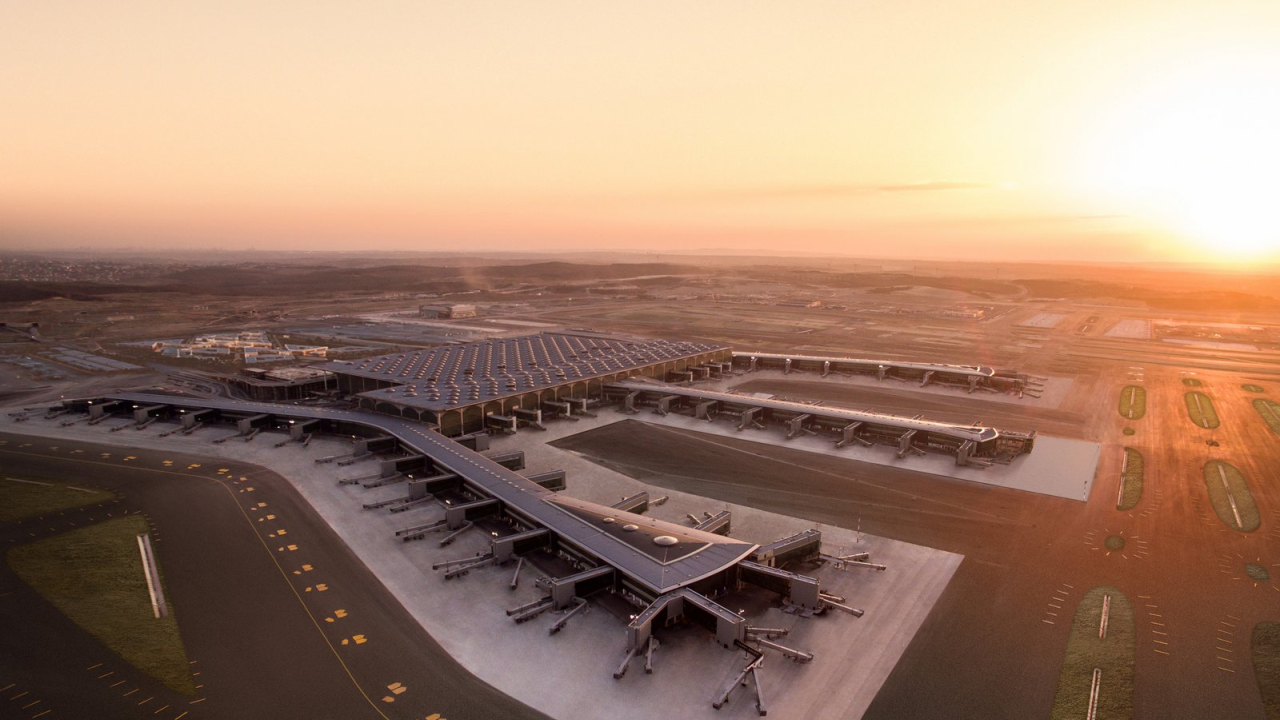Making air traffic management more efficient with A-CDM

More efficient air traffic management and airport processes go beyond implementing modern systems and infrastructures. Highly-coordinated processes and collaboration by everyone involved – even beyond borders - can help ease existing problems.
However, this often involves rethinking cultural views. This is what is happening in the Middle East. Everyone knows its time to adopt new ideas, but finding the right way forward means a lot of thought and discussion.
Munich Airport (Flughafen München GmbH) and the German air navigation service provider DFS Deutsche Flugsicherung GmbH are now supporting other organisations with their experience in introducing an efficient way to use the existing capacity and resources of an airport and the surrounding airspace. Their approach for this is called Airport Collaborative Decision Making (A-CDM).
The German companies have experienced considerable operational and financial benefits from A-CDM, which they introduced at Munich Airport in 2007.
The key word is “collaboration” between all parties involved, including airlines, airport operators, air traffic control and ground handlers. In short, the air transport community as a whole.
Franz Sammueller, project member at Munich Airport, says: “The A-CDM process is based on optimal high-quality information sharing. In the beginning this may cause resentment with some of the partners.
“We experienced this in the beginning in Munich. However, as soon as everybody understood their own advantages the process was accepted”.
In order to achieve understanding and collaboration, a cultural change process is necessary, combined with focused communication and regular working group meetings. Sammueller adds: “The challenge is to talk to the various partners, for example the several ground handling companies that might be working at an airport, and bring them together”.
A-CDM in Munich is based on the European Airport CDM by Eurocontrol, the European Organisation for the Safety of Air Navigation.
Inbound and outbound information is improved and a pre-departure sequence is provided. This coherent process spans flight planning and landing to the subsequent turn-round process on the ground before the next take-off. It helps to fully use all available capacities and operational resources. By using more accurate taxi times and sharing data, the process can optimise the sequencing of flights.
“During peak hours, we have even experienced a higher throughput at Munich Airport,” says Sammueller.
“Since 2007, waiting times at the runway have been continuously reduced and improved by about 30 seconds, which is a lot considering the traffic numbers” - Munich airport has an average number of 1,100 landings and take-offs per day.
“Equally, position overlaps causing waiting time for a free parking position were reduced to only two percent in 2009. On-block delay is minimized and more capacity is gained without increasing the available stands.”
A study on the use of A-CDM at Munich has demonstrated that the majority of flights are now ready for take-off at the runway when their slot window starts – in other words, five minutes before their calculated take-off time. Another study on airport CDM network impact assessment based on Munich experience showed that even sector capacity within the core area increased by up to four percent.
“Summing it up, costs can be reduced, emissions can be lowered, punctuality improved and stronger partnerships can be forged. In this way, aircraft can be served according to the 'best planned – best served' principle,” says Achim Baumann, regional manager Middle East at DFS.
Process-related information sharing is achieved by networking existing infrastructures together.
“To describe it in an oversimplified way, we always say a pen, a phone and a paper, plus the willingness to share information, are enough in order to introduce A-CDM,” says Achim Baumann. “It is not necessary to introduce completely new systems or procedures. The IT infrastructures in place at normal modern airports may be used.”
The approach to Collaborative Decision Making by Munich Airport and DFS was put into operation at Munich Airport in June 2007, making it the first A-CDM of this kind implemented in Europe. The findings and practical experience gained have considerably influenced developments at the European level.
Munich Airport and DFS support other organisations and their partners worldwide in implementing a Collaborative Decision Making process at their airports. A four-phase model provides the necessary steps for implementing A-CDM starting with an introductory workshop and finishing with a detailed action plan and the final implementation.
Stay up to date
Subscribe to the free Times Aerospace newsletter and receive the latest content every week. We'll never share your email address.

